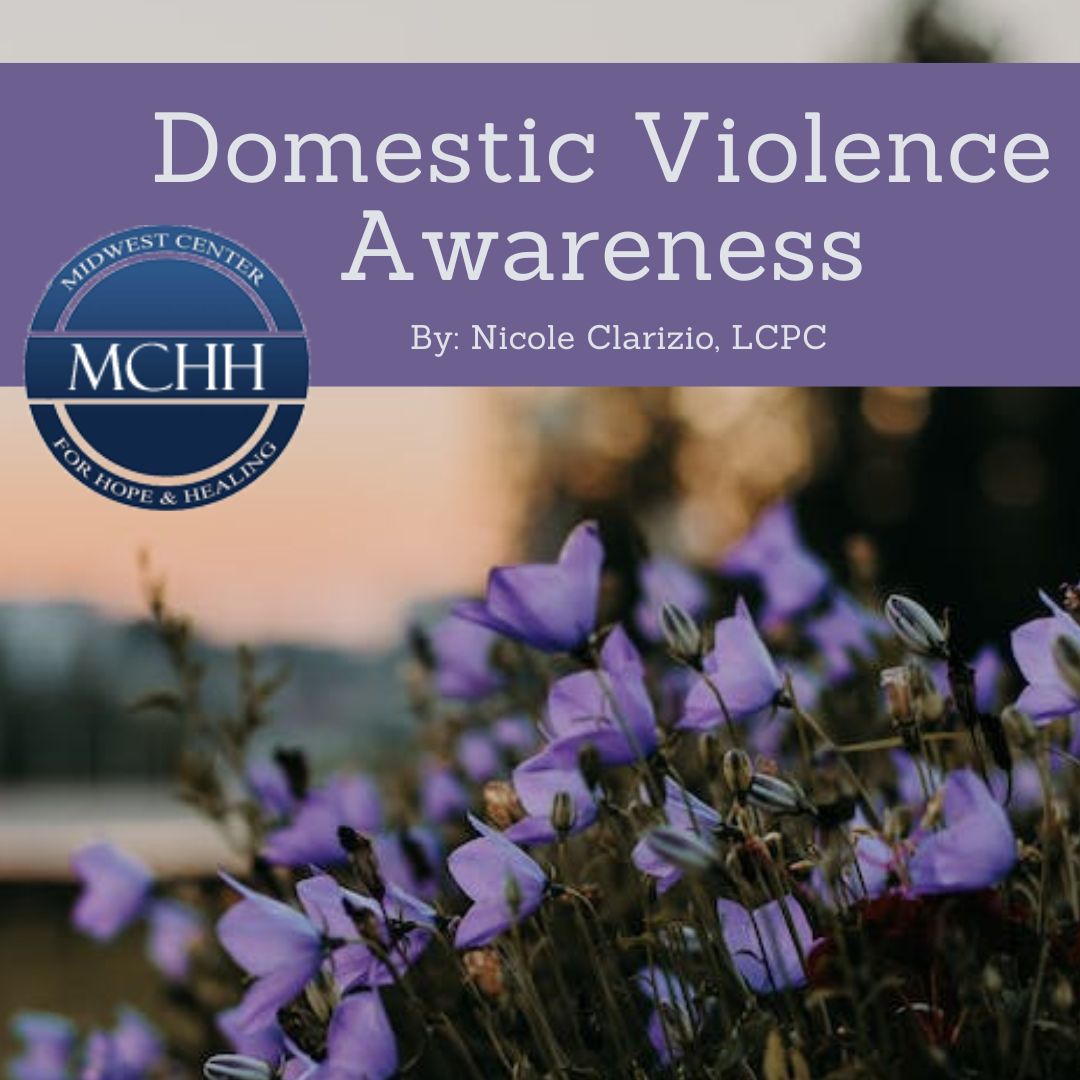
By NICOLE CLARIZIO MS, LCPC
Domestic violence occurs in relationships when one partner uses tactics of power and control over the other partner. The ways in which an abuser works to maintain control can manifest in many ways. The abuser may use threats, intimidation, physical or sexual assault or other abusive behaviors. The types of violence inflicted upon the partner can range in longevity and severity and can include physical, sexual, psychological or emotional abuse, or a combination of them all. Domestic Violence affects individuals in many different communities, age groups, socioeconomic status, ages, genders, religious and cultural backgrounds. Domestic violence can impact the victim throughout their lifetime. These impacts may include physical scars and injury, emotional distress and psychological trauma and in some cases, injury leading up to death.
Recognizing the warning signs:
There tends to a pattern, or cycle to domestic violence. First there is a building up of tension within the relationship. The partner may feel like they are walking on eggshells and feel cautious of everything they do and say, not knowing what could be the tipping point for their partner. That build up of tension then leads to a blow up or angry outburst and abuse occurring followed by immense apology by the abuser saying that they will never do it again. This is the beginning of the honeymoon phase in which the abuser goes through efforts to make their partner believe they are sorry for their behavior (bringing flowers, going out on romantic dates etc.). However, the honeymoon phase is generally short lived and leads back to the start of the cycle with tension again building and leading to more abusive incidents. The partner often truly believes that the abuser can and will change and that the cycle will be broken and thus why they have a hard time trying to leave. The abuser has likely also often blamed their behavior on their partner and made the partner think the abuse is their fault or because of something they did. This is done through ongoing control and manipulation by the abuser. The abuser may say things like; “I wouldn’t have hit you if you would have just cooked what I asked you to make for dinner”, or “I wouldn’t have taken your credit cards away if you would have stayed out of the grocery store where our neighbor works”.
Though recognizing or knowing that someone close to you is in a domestic violence relationship can be frightening and stressful, it is important to know that there are ways that you can offer help and support for your loved one.
1) Be a good listener and be there for your loved one, let them know they are not alone. Having someone whom they can trust and confide in offers comfort.
2) Offer help via resources. The National Domestic Violence hotline number (1-800-799-7233) can offer referrals and resources for domestic violence shelters and other support in the area. The National Coalition Against Domestic Violence website: ncadv.org has lots of helpful information and resources. Local courts can assist in getting restraining orders or orders of protection in place when needed. Finding and scheduling an appointment with a counselor can provide ongoing support.
3) Offer to help in creating a safety plan. A safety plan may include: knowing exits from different areas of their home, where would they stay if they left their home, where can they store a bag with important items (money, identification, some clothes, important documents), who can they call when they need help or support (including 911,hotline numbers, trusted friends, counselor). It may also help to create and share a code word with a trusted person or people that they can say or text when they are in crisis/fearful, but cannot get away from their partner or are being watched by their partner.
4) Being patient and understanding and try not to talk poorly about the loved ones partner. Even though you may be hurt and angry about how their partner is treating them, that person is still someone that they love, and struggle with deciding whether to stay or go. It often takes those in domestic violence relationships multiple attempts before actually leaving their partner. It should also be noted that once a partner tries to leave the abusive behavior often increases as the abusive partner fears they will lose that power and control. This is why have a safety plan is so important.
With these tools, resources, information and support, there is hope that those experiencing domestic violence relationships can regain a sense of empowerment in their lives.
Resources: www.ncadv.org
